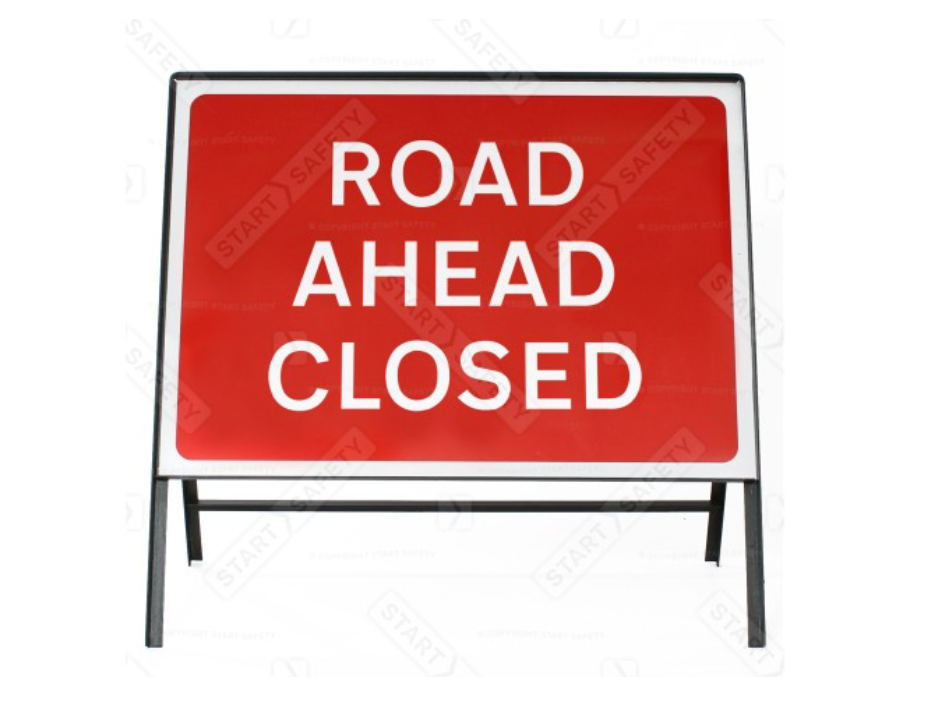What is a Low Traffic Neighbourhood (LTN)?
- Lucy Haigh
- Apr 10, 2023
- 1 min read
Learn about Low Traffic Neighbourhoods (LTNs) and how they aim to create residential areas where people can walk, run, cycle, play and socialise without the interference of vehicles. Discover the concept, purpose, and benefits of LTNs in reducing traffic congestion and promoting sustainable living.
Sometime in the not so distant past, a city planner in a city not too far from here came up with an
interesting concept to make residential streets a better place for residents. The result was the Low Traffic Neighbourhood (LTN), also known as the cul-de-sac. The LTN aims to prevent through traffic on residential streets, creating zones where people can walk, run, cycle, play, and socialise without
the interference of vehicles.

The challenge of retrofitting an LTN into a historical city is confronting people's behaviours, fears and habits. The LTN is a means of limiting access to resident streets by blocking or restricting entry with modal filters. Only bicycles, buses, and emergency vehicles are legally permitted to cross from one street to another. This encourages people to walk, cycle, or scoot to different zones quicker and on quieter residential streets, reducing traffic congestion at rush hour or school run times and promoting sustainable living.
The concept of LTNs requires new behaviours, habits, and thinking to build towards a carbon zero world. Imagine street parties every weekend and silent nights broken only by the sounds of nature. The idyll of LTNs may be a reality for many residential areas throughout Devon soon.

Comments